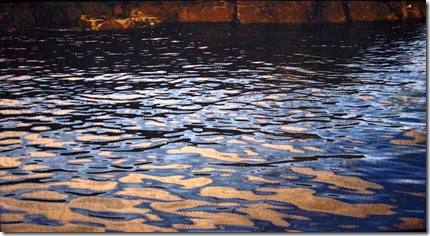I find it’s always helpful to read about things one knows from a slightly different perspective. Dow published his book on Composition well over a century ago and thus talks about the basics of art in unfamiliar ways which make you think more. He defines the study of art as learning how to perceive and then create fine relationships between lines (and shapes), values and colours. The way to learn these is by practice practice practice and by “the influence of good examples”. Understanding what leads to “fine relationships” comes as a result of training in appreciation. Not only by learning to draw, or by copying nature or by gaining knowledge, but also by enabling “the power within”.
Increasing and developing these abilities (like any other muscular development!) comes as the result of exercise. One should begin with simple sketches or designs, then gradually get into more complex compositions. A first step would be drawing a few straight lines with harmony, movement and elegant spacing. As simple as this sounds, to achieve it requires both judgment and appreciation – sense and sensibility. As more lines are added, more skill is necessary to maintain balance, unity and excitement. It’s sort of like a reverse Pic-a-sticks – whereas instead of gradually withdrawing the sticks, you gradually add them. I wish I could go to Nancy Crow’s new show at the Schweinfurth Museum in NY state for I feel that her new Constructions exemplify these principles so elegantly.
Spacing and proportion are the keys to good design. Dow feels that there are, in his opinion, five ways of creating harmony.
- The meeting of the lines in opposition – seen in nearly all traditional quilt designs where squares, triangles, squares on point etc are carefully aligned at various meeting points. A tension is created when opposition occurs but there is no harmony where there is no contact.
- A third line added to the opposing two (as a curve within a corner) softens the starkness of the meeting – and creates a transition from one shape to another. Thus we learn how to move around a design and flow from one shape to another. You see this in nature all the time: the tree doesn’t just stand up in stark contrast to the ground (well the interesting ones don’t!!), but branches and branches softly enclosing air and sky within its formal lines.
- Unity develops when there is a single dominating element which determines the character of the sketch as a whole. Like the continued branching of a tree which pattern is then repeated within the leaf itself. Or in music where a theme continues to reiterate: da da da dah!
- Rhythm and repetition – we see this in many textile designs – fabric and carpets, we hear it in music and in the cadences of a poem. Having a constant rhythm brings the different elements together.
- Symmetry or balance is the fifth way to create harmony. A lack of balance makes one feel very harmonious!
These principles (and we read them in nearly every art book, though sometimes the terms used are slightly different) are guidelines in good spacing of lines and shapes.
I think it helps to literally cut out some lines and shapes in fabric and play with them on a plain background – Dow would have you draw them of course! But actually fondling the fabric is so much more fun!! Having played at different arrangements, then try cutting bigger pieces and arranging them on a wall. Then look at “good examples” – don’t look at boats and trees and canopies and people eating and drinking! Look at the lines and the shapes…and see how they are spaced, observe their fine relations!
And now I’m going to observe the fine relationship created by tea leaves and hot water! If you have been, thanks for reading! As always, comments are Most Welcome! Elizabeth

















1 comment:
Thanks Elizabeth, these are good definitions that help me understand how do create harmony in art.
I can understand most of the explanations due to the illustration of a tree. However, I can't quite picture what is meant by opposition as you describe it.
Although you say the principles can be read in every art book, I haven't done art and have only been learning the terminology for what is going on in art and why something works, through blogs like yours.
Thanks so much,
I hope you enjoyed your cuppa!
Sandy in the UK
Post a Comment